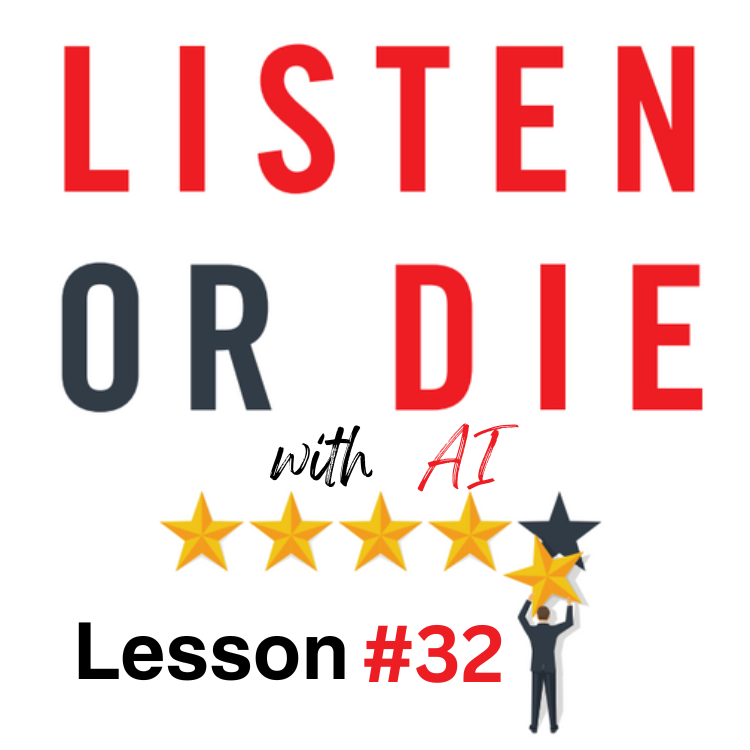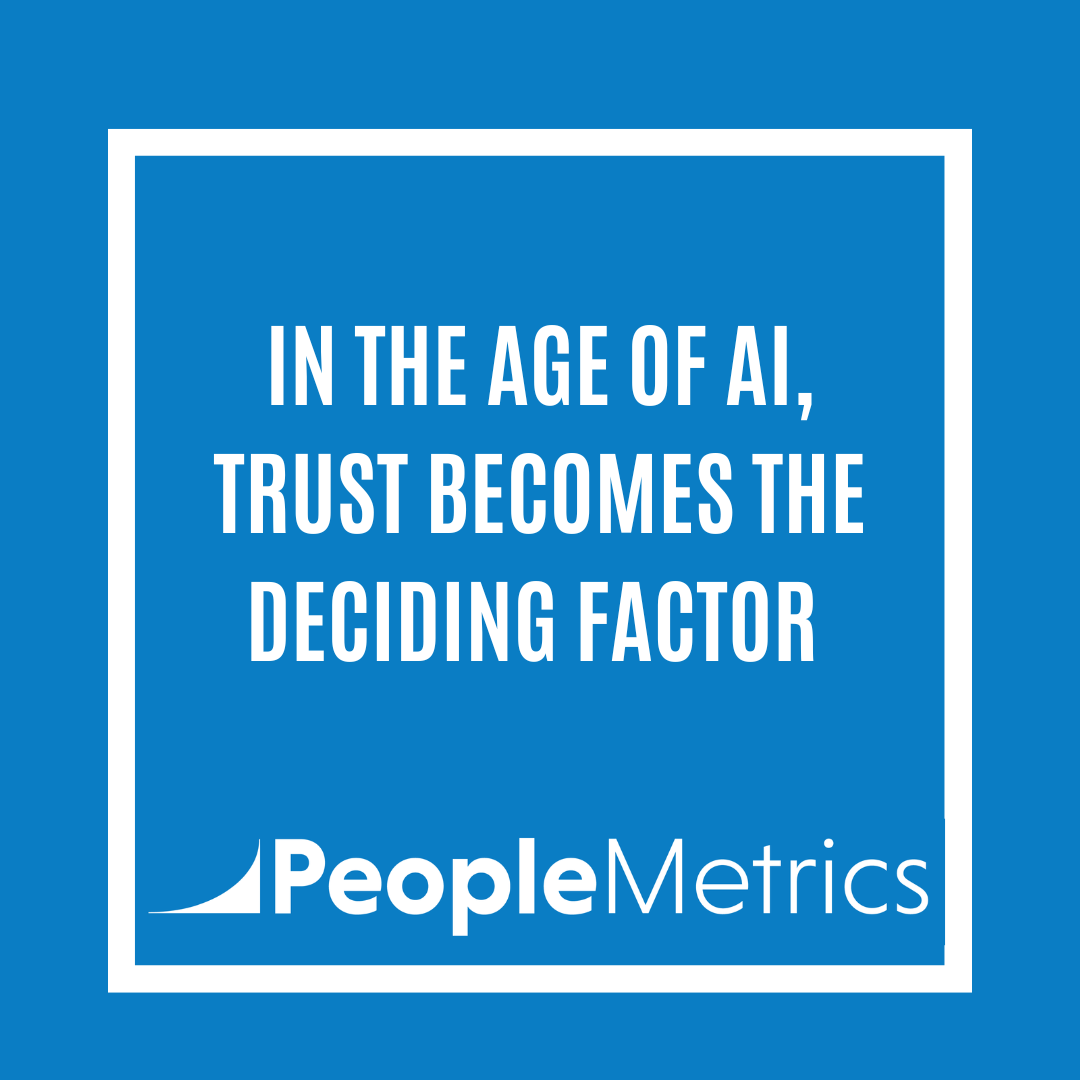In my last post (Lesson #31 revisited), root cause analysis (RCA) was identified as one of the most powerful ways to scale your VoC program.
Fixing the actual reasons why customers are becoming detractors—that’s the game-changer!
But here's the next big question: Once you’ve identified the root cause… how do you solve it?
Spoiler alert: you don’t do it alone!
The best solutions often come from the people who are closest to the problem—your employees. Frontline associates. Customer service reps. Back-office staff. They see things you don’t. They hear things you never will. And they usually have great ideas—if you just ask!
At PeopleMetrics, we call this process “Associate-Driven Insights”, and it’s one of the most underrated moves in VoC.
What’s the Role of AI in This?
Honestly? Minimal.
Yes, AI can help with surfacing root causes faster through text analytics and pattern recognition. It can help automate survey distribution. Maybe it can cluster open-ended employee responses into themes. But the real magic still lies in human creativity and practical insight.
Solving customer experience problems—especially systemic ones—requires understanding how things work on the ground. And that understanding lives in your people, not your data.
How It Works
This post is less about AI and more about revisiting RCA, which is such an important topic in VoC and CX.
Once you’ve tagged your recover alerts and start seeing a pattern, it’s time to bring employees into the conversation. Use a quick internal survey to ask for their ideas.
Let’s say 50% of your recover alerts in the last three months were due to long hotel checkout lines. Your internal survey might look something like this:
“We’ve identified a root cause of many of our recent customer issues: checkout time is too long. Guests can currently check out at the front desk or on the TV in their room. What ideas do you have to speed up or rethink this process? There are no bad ideas—we want to hear from you!”
Simple. Empowering. And gold!
You can structure it a few different ways:
- Open-ended: Just ask for ideas and let them roll in.
- Top 3 picks: Ask for their three best suggestions.
- Rank-and-rate: Present a few proposed solutions and ask employees to rank them and add improvements.
Whichever you choose, employees love to be included—especially when it’s about improving the customer experience. It’s a culture-builder.
No Fancy AI Needed—Just Respect
One of the beautiful things about Associate-Driven Insights is that you don’t need to gamify it or throw expensive tech at it. Most employees don’t need a cash incentive to contribute. They want to feel heard. They want to help.
That said, public recognition for the “winning” idea or a small prize (think $50 gift card or dinner out) never hurts.
And here's the kicker: while employee surveys are technically anonymous, we’ve seen that 99% of people include their name. Why? Because people want credit for their ideas. And in a CX-focused culture, they should get it.
The Takeaway
Root cause analysis identifies the “what.” Your employees are the “how.”
This is where human insight and collaboration shine.
AI may give you the signal, but it’s your team that creates the solution.
Don’t skip this step!
If you’re truly serious about improving CX and building a customer-centric culture, involve your people.
Always.
Your Turn
How are you involving your employees in solving root cause issues?
Have you tried any kind of internal crowdsourcing or employee surveys like the ones described above? What’s worked for you—and what hasn’t?
Share your approach in the comments or send me a message. I’d love to hear how you’re using the voice of your employees to drive change in your organization. Let’s learn from each other!





